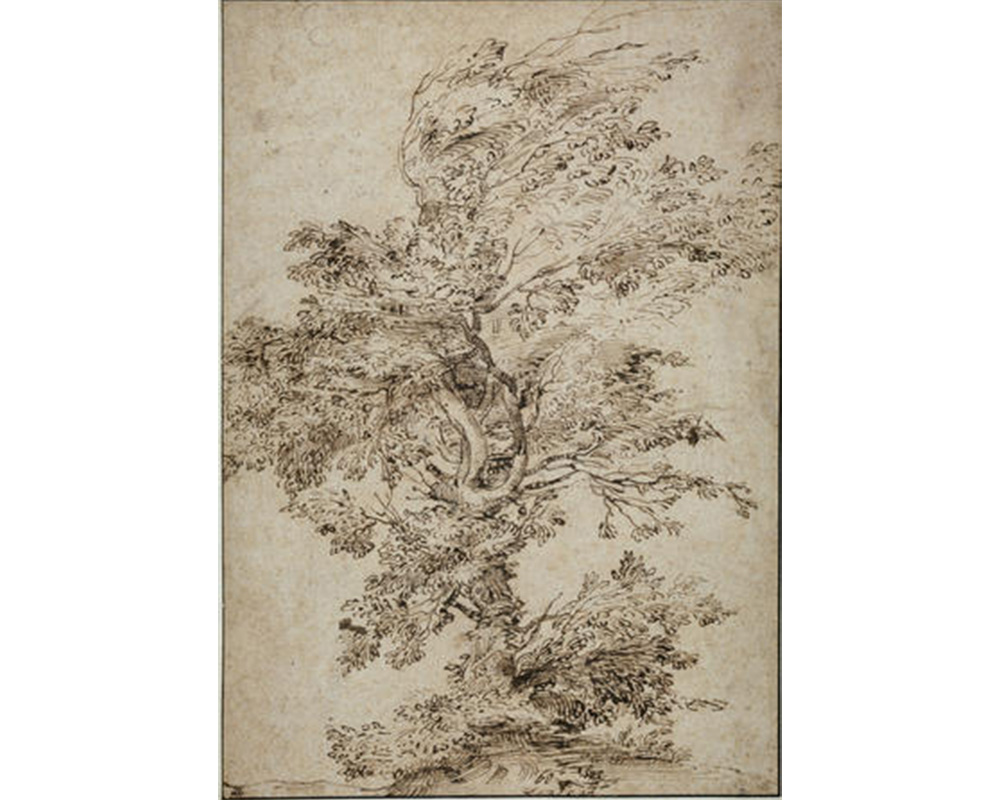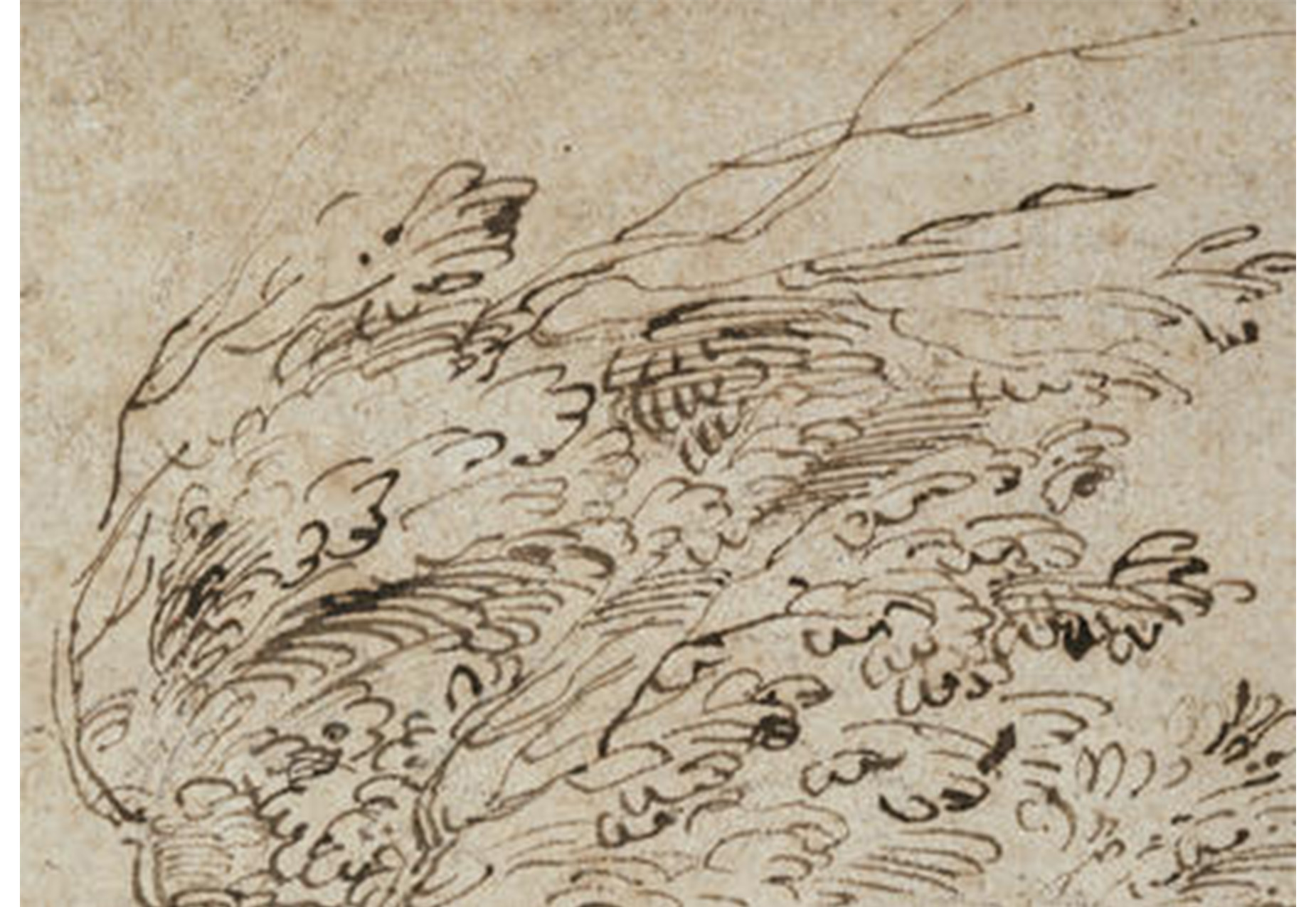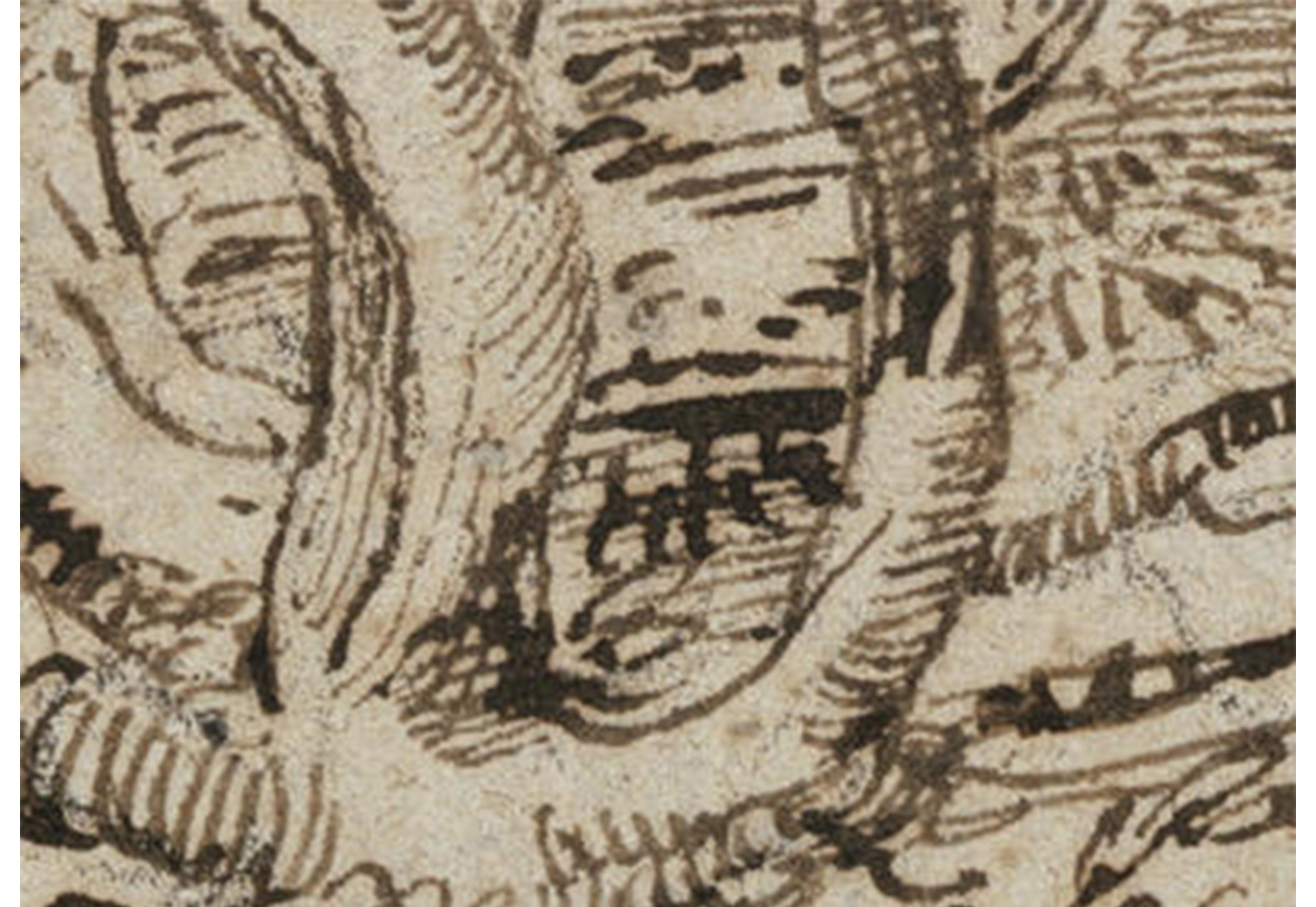
The Art of Mindfulness
Aprile Gallant is the Senior Curator of Prints, Drawings, and Photographs at SCMA.
Everywhere you go these days people are talking or writing about the concept of “mindfulness.” A key component of Buddhism, and, increasingly, Western psychology, mindfulness is focused on an active awareness of the reality of things, and a close and disciplined attention to the present moment. A person can do just about anything “mindfully:” washing dishes, brushing teeth, walking, or breathing. My current mindfulness practice takes full advantage of our special exhibition, Drawn to Excellence: Renaissance to Romantic Drawings from a Private Collection. Each day the exhibition is open to the public, I have been selecting a single drawing to examine, mindfully, for at least 30 minutes. Slowing down and losing myself in a single work of art is a deeply rewarding experience, especially when faced with such a rich array of complex, beautiful, and moving works such as those on exhibit. Drawings, in particular, are a perfect focus for such an exercise—after all they are simply marks on a piece of paper made by a human hand that somehow, magically, coalesce into an image.
My drawing for today was Annibale Carracci’s Study of a Tree.
Annibale Carracci was one of three related artists who were instrumental in the development of art in Italy during the 17th century. Eschewing the excesses of the mannerist style (including high-keyed color and exaggerated body proportions), the Carracci (Agostino, Annibale, and Ludovico) advocated a return to the artistic inspirations of classical antiquity, artists of the High Renaissance, and direct observations of nature.
Study of a Tree is a large sheet featuring a portrait of a tree drawn in brown ink. What struck me instantly about this work was the specificity of the tree—this is not some generic or idealized view, but one that the artist closely observed. The idiosyncratic formation of the trunk and branches, the unbalanced massing of leaves, and the free handling of the foliage all combine to capture the essence of the natural world rather than a mere description of it. Carracci is here attempting to capture the form and spirit of the tree rather than make a scientifically accurate rendering.
Paying close attention to the various quality of lines—the swift, parallel strokes that add depth and fullness to sections of overlapping leaves, or the wild and snaky lines forming bare branches that extend from the top or right side of the tree—gave me greater appreciation for Carracci’s genius in translating visual experience to paper.

Detail of Study of a Tree illustrating the very top of the tree.
The experience of looking closely at this work can also provoke experiential responses. Take, for example, the subtle passages of black chalk visible under the ink. In the upper branches, these areas animate the leaves, like a breeze rustling the tree’s top. When applied to the trunk, the chalk provides additional texture, adding a bulk and solidity that is almost palpable. Thick ink lines outlining clumps of leaves punctuate the surface, as if they are picked out by bright sunlight.

Detail of Study of a Tree illustrating the use of black chalk and ink in the trunk.
I always leave one of these viewing experiences feeling refreshed and energized. An added bonus in the case of spending time with Carracci’s Study of a Tree is the fact that it allowed me to look at the trees on the Smith campus with new eyes.
I invite you to try this mindfulness practice. There are 86 works to choose from in Drawn to Excellence and each of them will greatly benefit the patient and mindful viewer.